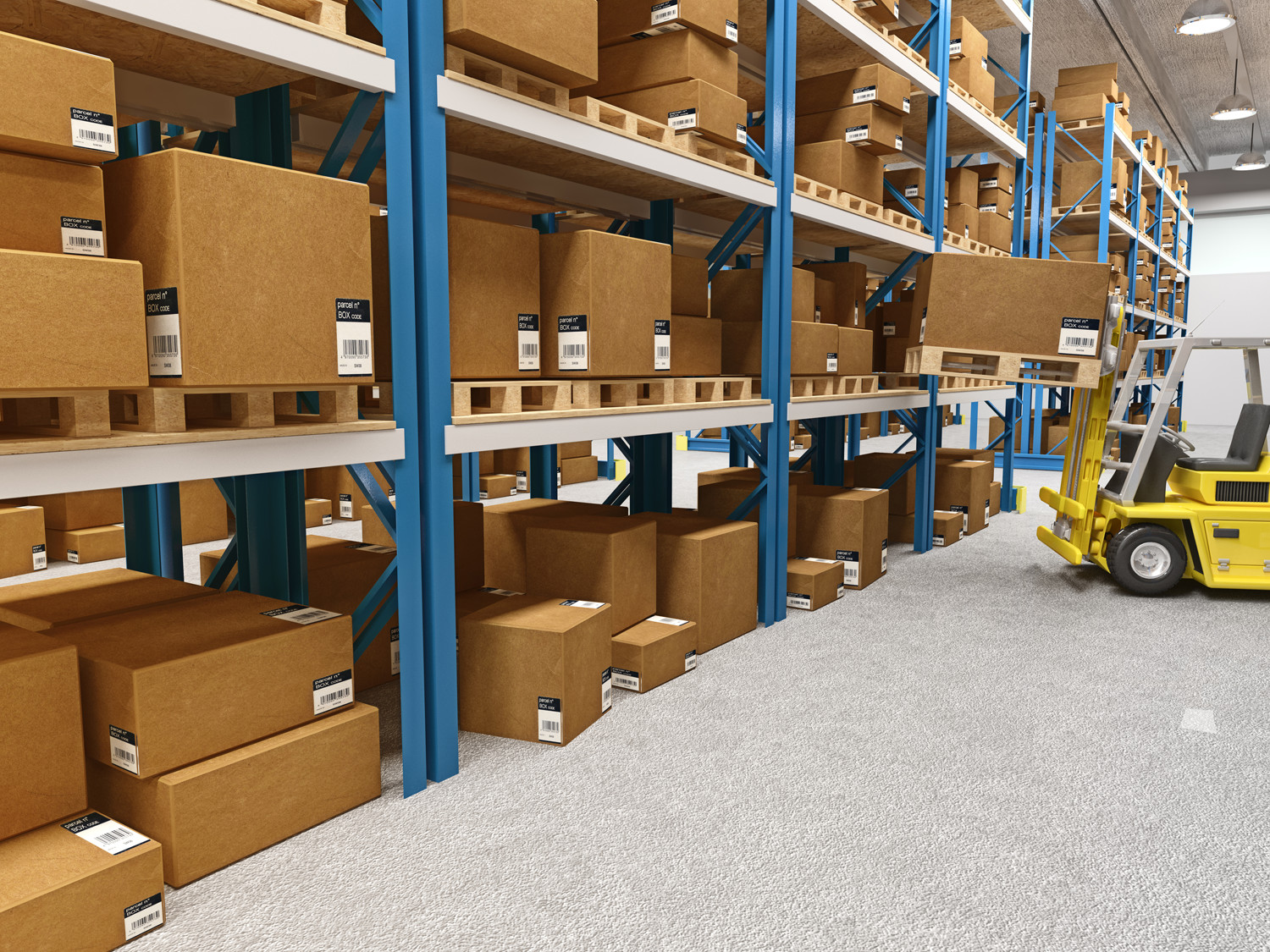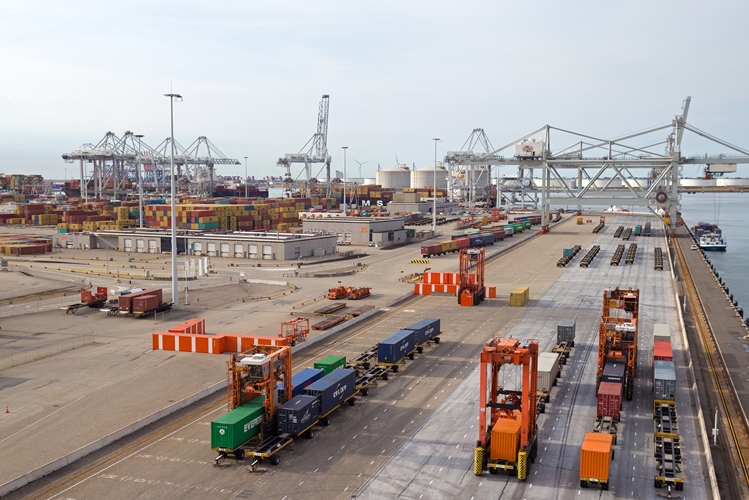Jade Master Terminal won 19 new terminals in a record quarter. International expansion makes news for the terminal operating system around the world.
From July to September, the Jade Master Terminal team secured 19 new terminals across Europe, the Middle East, and Africa. In terms of winning new customers, that’s easily our best quarter yet.
Competitive pressures are increasing on mixed-cargo ports all around the globe. Efficiently managing a range of cargo requires world-class systems, and that’s where Jade Master Terminal comes in. Master Terminal creates a single view of the entire operation, from the gates, over the yard, and even out to ships yet to arrive. Operations improve, and smart decision-making gets easier.
As more ports choose Master Terminal, we’re getting closer to our goal of having the world’s number one mixed-cargo operating system. We’re investing in international growth, and looking forward to more good news to come.
This week our recent success has been reported in local and international media. Here’s some of the coverage:
- Radio New Zealand (audio): Interview with Jade Managing Director, David Lindsay.
- Otago Daily Times: Port’s faith in Jade paid off
- NewstalkZB: Christchurch-based Jade Software in high demand
- ZDNet: Jade Software signs new port clients, tips further US wins
- Reseller News: Jade Software enjoys record third quarter growth in international markets




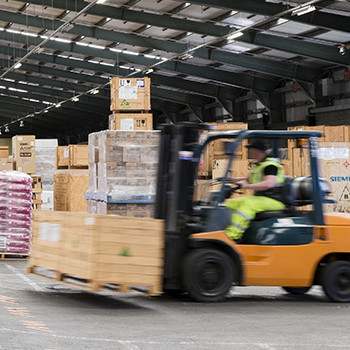


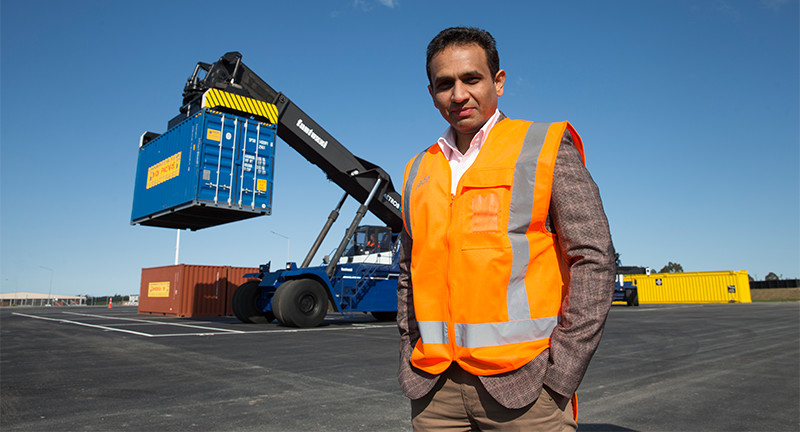

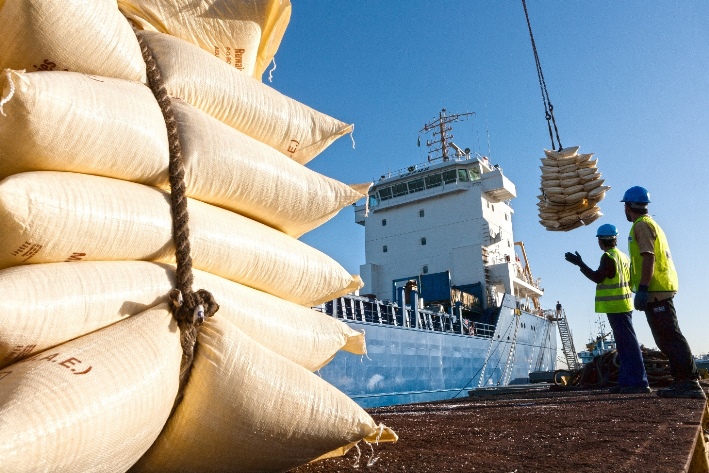


 Keith McSwain, VP Client Relations recently spoke to World Port Development about some of the current trends in the shipping industry and how ports can best compete:
Keith McSwain, VP Client Relations recently spoke to World Port Development about some of the current trends in the shipping industry and how ports can best compete: